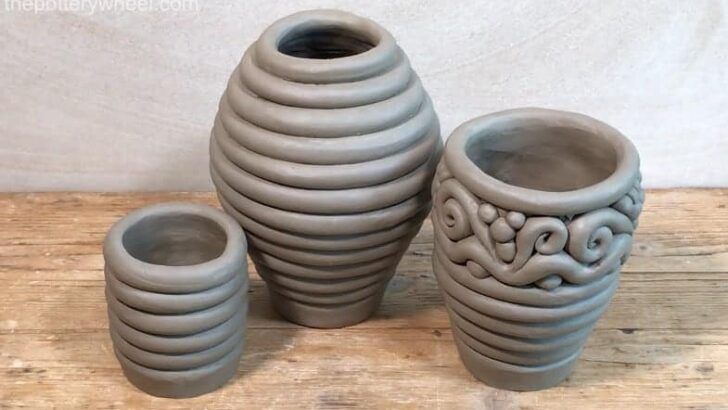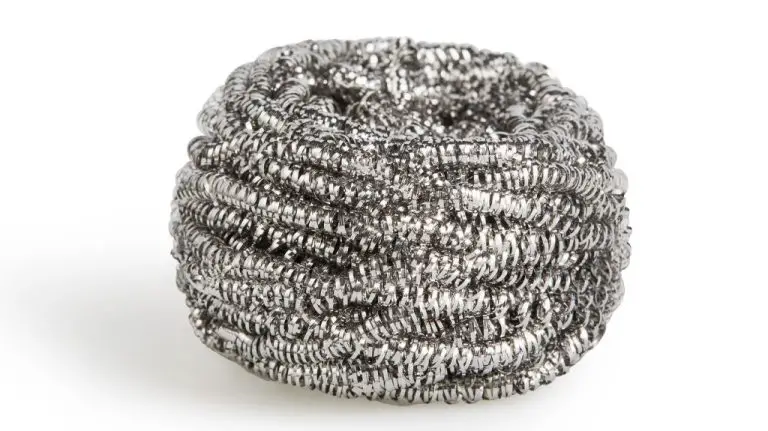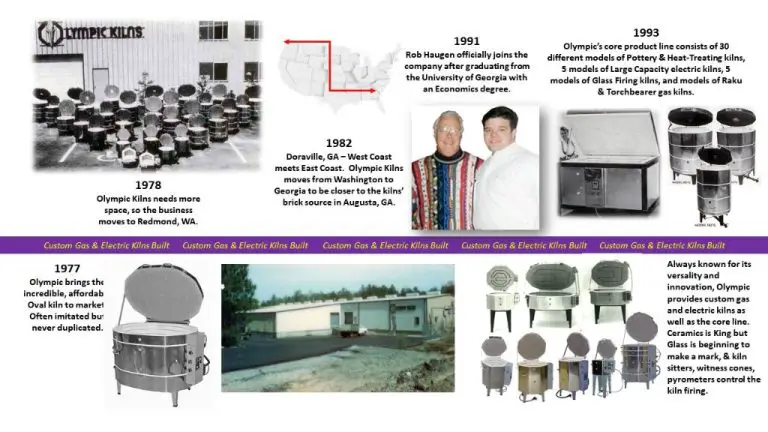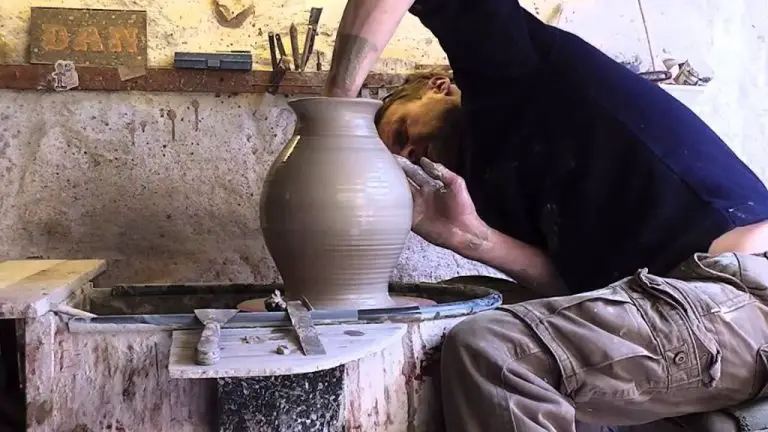What Are The Advantages Of Coiling Pottery?
The coiling technique is one of the oldest methods of handbuilding pottery. It involves rolling out ropes or coils of clay and stacking them on top of one another to build up the walls of a pot (The History of Coil Pottery in the Southwest United States). This technique is believed to have originated in Central Mexico around 2000 BC and slowly spread north over the next several thousand years (Historical Coil Pots – A History of Coil Pots Over the Years). Some key advantages of the coiling technique include full control over the pot’s form, the ability to easily texture the clay, and not needing a pottery wheel. Coiling is an accessible method for beginners, allows large-scale pieces to be made, and enables repairs. This article will provide an in-depth look at the numerous benefits of handbuilding pottery using the coiling technique.
Full Control Over Form
One of the key advantages of coiling pottery is the full control it gives the artist over the form and shape of the finished piece. Unlike throwing on a wheel, which constrains the form to be circular, coiling allows the creation of more intricate and unusual shapes.
The coil technique provides complete freedom to sculpt geometric or organic forms as desired. As the Piotin et al. study demonstrated, coiled shapes can be far more complex than standard circular thrown wares. Coiling enables potters to build vessels with asymmetrical silhouettes, faceted surfaces, undulating walls, and other inventive profiles.
With practice and skill, nearly any shape imaginable can be constructed through strategic coiling and blending of the clay. This full control over form is a major advantage of handbuilding with coils over throwing on the wheel.
Texturing Capabilities
One of the major advantages of coiling pottery is the ability to easily add unique textures and designs. Using your fingers, simple household tools, or found objects, you can imprint patterns into the clay coils before joining them together. For example, you can use a fork to create lined textures, pressing it into the clay as you coil.

Other common texturing techniques include:
- Indenting with ropes or cords to leave rope-like impressions
- Pressing in leaves, ferns, or other natural materials
- Using rollers with preset patterns to imprint designs
- Incising lines, swirls, or shapes with clay tools
The texture possibilities are endless with coil building. Simple texturing creates an artisanal, handmade look while more elaborate patterns can make pieces look professionally decorated. With a little creativity, coil pottery provides a chance to leave your personal mark through texture.
No Wheel Required
One of the major advantages of the coiling technique is that it does not require the use of a pottery wheel. As Cursist-courses explains, coiling allows potters to handbuild clay pieces without the need for any specialized equipment.
This makes coiling far more accessible and lower in cost compared to throwing pots on a wheel, which requires purchasing an expensive electric or kick wheel. Aspiring potters can start creating coil pots using just their hands and some clay, rather than investing in a costly wheel setup.
Additionally, because no electricity or equipment is needed, coiled pieces can be constructed anywhere – whether at home, outdoors, or in a simple studio space. Potters have the flexibility to coil build wherever is convenient for them, as opposed to wheel throwing which typically requires a dedicated studio area with special tools and ample space.
Overall, the lack of a required wheel makes coiling a much more beginner-friendly and affordable clay forming technique.
Therapeutic Benefits
Coiling pottery provides therapeutic benefits thanks to its relaxing, meditative process. The repetitive motions of rolling and smoothing coils of clay have a calming effect. Studies have found working with clay reduces stress and anxiety (https://digitalcommons.lesley.edu/cgi/viewcontent.cgi?article=1054&context=expressive_theses).
Coiling also enhances hand-eye coordination as it involves shaping clay with the fingers and hands while visually assessing the evolving form. The tactile experience stimulates neural connections and dexterity. Clay work has been shown to benefit those prone to arthritis in the hands by promoting joint movement and flexibility (https://claygroundonline.com/health-benefits-of-pottery/).
Less Clay Wasted
One of the biggest advantages of handbuilding with coils is that it wastes far less clay compared to throwing on the wheel (Source). With wheel-throwing, the clay is centered into a lump and then the sides are gradually trimmed away and re-incorporated as the vessel is formed. This trimming process inevitably removes quite a bit of clay. In contrast, with coils you simply add clay where you need it to build up the form. There is no trimming required.
Additionally, mistakes are much easier to remedy with coils vs wheel-throwing. If a coil cracks or attaches poorly, you can simply add some slip and extra clay to fix it. However, if you make a mistake while throwing and collapse the wall, that clay is very difficult to reclaim. Overall, coiling enables more control over clay usage, making it a less wasteful technique.
Easier to Learn
Compared to throwing on a pottery wheel, handbuilding techniques like coiling are often seen as easier to learn for beginners. As this article explains, handbuilding provides a more intuitive and straightforward introduction to working with clay. While wheel throwing requires learning to center clay and control spinning forces, handbuilding relies more on using your hands directly to shape the clay. As a Reddit user commented, “Handbuilding is definitely easier in the very beginning. Throwing requires learning how to center the clay on the wheel, which can be frustrating at first.”
The basic skills for handbuilding like coiling can often be picked up quickly, without needing as much practice to gain proficiency. For those just starting with clay, handbuilding presents a less challenging option that allows creating pottery without initially needing to develop throwing skills on the wheel.
Repairing is Possible
One advantage of handbuilt coiled pottery is that it allows for easier repair of cracks and breaks compared to wheel-thrown pieces. As noted in the article How to Fix Cracks in Pottery from Ceramic Arts Network, cracks and issues are best fixed as they appear since they tend to form at points of structural weakness. With coiled pieces, cracks and breaks can often be repaired by sealing them with ceramic slip and adding extra coils for support.
The article In the Studio: Fixing Cracks on Ceramic Arts Network also recommends fixing issues with coiled pieces as you work. The ability to easily add slip and extra coils makes repairs simpler compared to wheel-thrown wares. As cracks appear in a coiled piece, the clay is still wet or leather-hard, allowing for cracks to be filled and reinforced.
Large Scale Pieces
One of the main advantages of coiling is the ability to create very large scale pieces. Since coils can be stacked and added on incrementally, there is no limit to how big a coiled vessel can become. Skilled coil potters are able to produce enormous pots, vases, and sculptures reaching several feet tall.
The coil method lends itself well to large pieces because the finished work remains lightweight when dry. As coils are stacked, they bond together firmly but small gaps remain between each coil. This gives an overall porous structure which prevents excess weight. The result is very large vessels and sculptures that are surprisingly lightweight and manageable to transport and display.
For example, artist Varina High creates coiled pots up to four feet tall that exhibit beautiful textured patterns thanks to the coil technique. The finished pieces have an impressive presence but weigh much less than if they were created using solid clay on a wheel.
Conclusion
In summary, the main advantages of coiling pottery include complete control over the form, the ability to easily create textured surfaces, not needing a pottery wheel, therapeutic benefits, less wasted clay, easier learning curve, repairability, and the ability to create large scale pieces.
The coiling technique is best used for handbuilt pottery when you want to take time to slowly and methodically build up a form. It allows meticulous attention to texture and form in a way that wheel-throwing does not. Coiled pots are great for beginners since there is no need for a wheel or lot of equipment. The technique is also well-suited for making large garden pots, vessels, and vases. Repairing cracks and breaks is easy with additional coils. Overall, coiling is an accessible, creative, and flexible pottery technique for artists of all skill levels.



